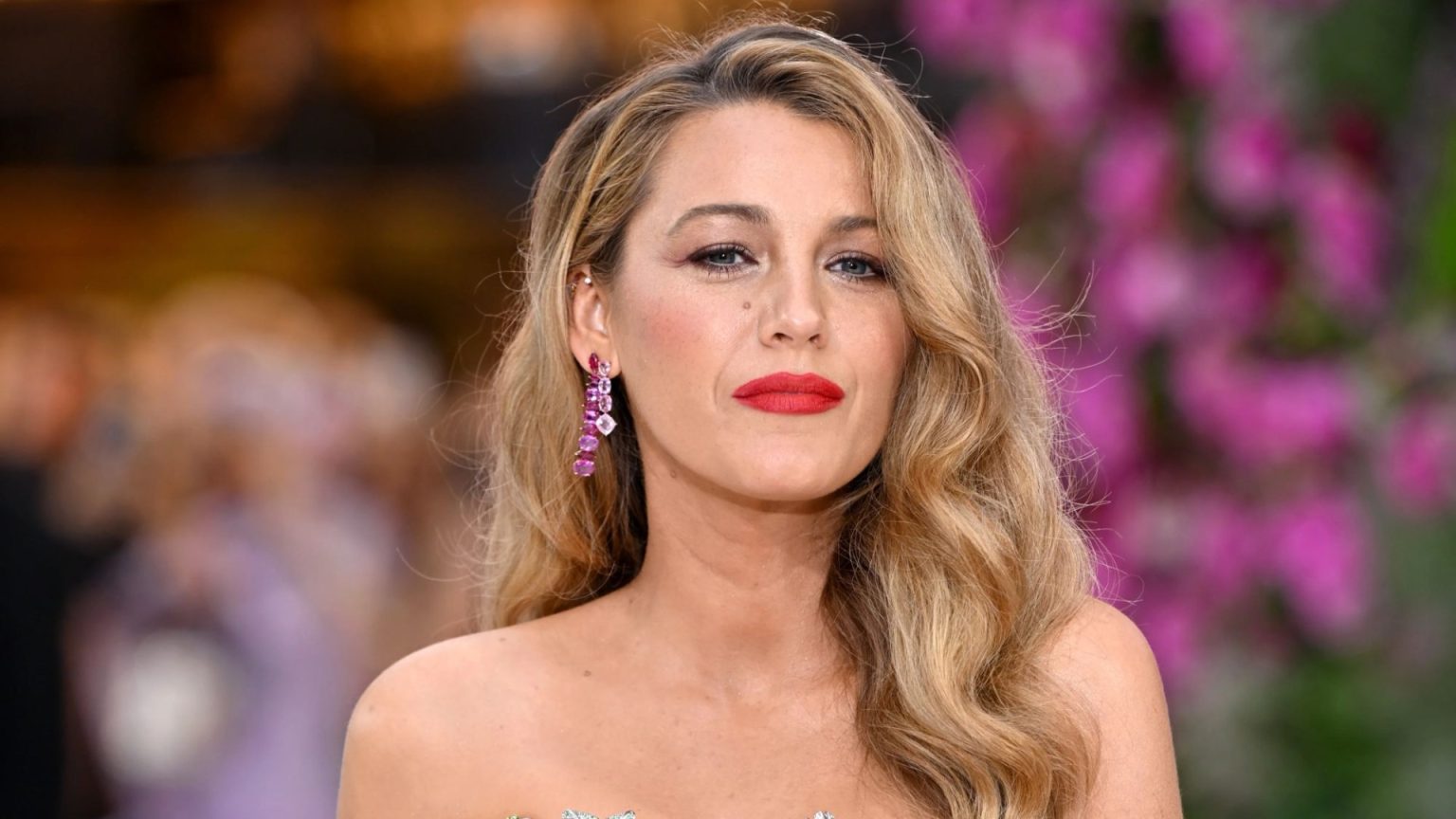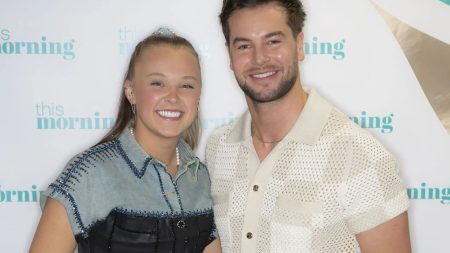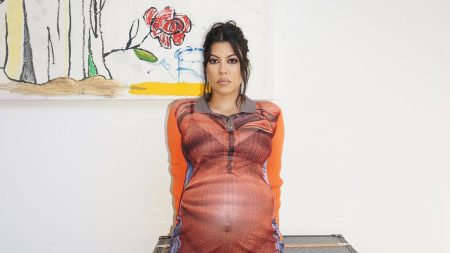The entertainment world has been captivated by a heated legal battle between actors Blake Lively and Justin Baldoni, stemming from their collaboration on the film “It Ends With Us.” Lively filed a lawsuit against Baldoni prior to Christmas, alleging sexual harassment on set. Her claims include accusations of unwanted physical advances, such as kissing, touching, and inappropriate comments about her appearance. Lively asserts that these actions created an uncomfortable and hostile work environment. This lawsuit ignited a bitter feud between the two stars, escalating tensions and drawing public attention.
Baldoni vehemently denies Lively’s allegations, claiming they are fabricated and part of a calculated smear campaign to damage his reputation. In an attempt to refute the claims, Baldoni’s legal team released ten minutes of unedited behind-the-scenes footage from the film’s closing scene. They contend that this footage demonstrates the interactions between the actors were consensual and playful, not indicative of harassment. Furthermore, Baldoni has countersued Lively, her husband Ryan Reynolds, and two publicists, alleging a conspiracy to portray him as a villain and deflect attention from Lively’s perceived missteps during the film’s press tour. He seeks a substantial $400 million in damages, citing the loss of his agency representation, WME, which also represents Lively and Reynolds.
The release of the unedited footage has further fueled the dispute, with both sides interpreting it to support their respective narratives. Lively’s team argues that the footage is “damning,” corroborating her initial claims and showcasing Baldoni’s persistent attempts to initiate physical contact despite her visible discomfort. They maintain that the video evidence captures Baldoni repeatedly leaning in, attempting to kiss Lively, touching her face and neck, and making inappropriate comments about her scent. They emphasize that these actions were improvised without prior discussion, consent, or the presence of an intimacy coordinator. Conversely, Lively’s apparent attempts to distance herself and redirect the interaction towards dialogue are presented as further evidence of her unease.
Baldoni’s team, however, insists that the footage unequivocally refutes Lively’s allegations. They argue that the interactions captured on film are lighthearted and playful, demonstrating a comfortable and professional working relationship. They suggest that Lively’s lawsuit is a manipulative tactic to exploit the sensitive issue of sexual harassment for personal gain and to deflect from potential negative publicity. Baldoni’s lawyer has issued a strong statement denouncing Lively’s claims as “duplicitous” and “grossly edited,” emphasizing their confidence in the abundance of evidence that will ultimately vindicate Baldoni.
The legal battle has extended beyond the initial lawsuit and countersuit. Baldoni has also filed a separate lawsuit against The New York Times, alleging collusion with Lively’s PR team to disseminate a biased and unverified narrative while ignoring evidence provided by his side. The newspaper denies these allegations, labeling them meritless and recycled from previous unsuccessful legal actions. This complex legal entanglement has become a public spectacle, with both sides vying for control of the narrative and seeking to protect their reputations.
The conflicting interpretations of the unedited footage underscore the challenges inherent in adjudicating such cases, where subjective experiences and differing perceptions of events can lead to vastly different conclusions. This high-profile dispute highlights the complexities of navigating accusations of workplace harassment in the entertainment industry, where power dynamics, public image, and legal strategies often intersect. The ultimate resolution of this case will depend on the court’s assessment of the evidence presented and the credibility of the respective parties’ accounts.











